
Catherine and her doll
Images of Catherine and her giant white hair bow, her doll, her teddy bear, and other innocent accoutrements struck a chord with the newspaper-reading public and those viewing a traveling news film at movie theaters far and near. (Image courtesy of Eldon Pitts.)

Downtown New Castle
This 1912 postcard shows downtown New Castle as Catherine knew it: a crowded county seat bustling with industry, business opportunity and a burgeoning population. This view looks east down the city's main thoroughfare toward 16th Street, a middle-class neighborhood of new homes where Catherine lived. (From the author's collection.)
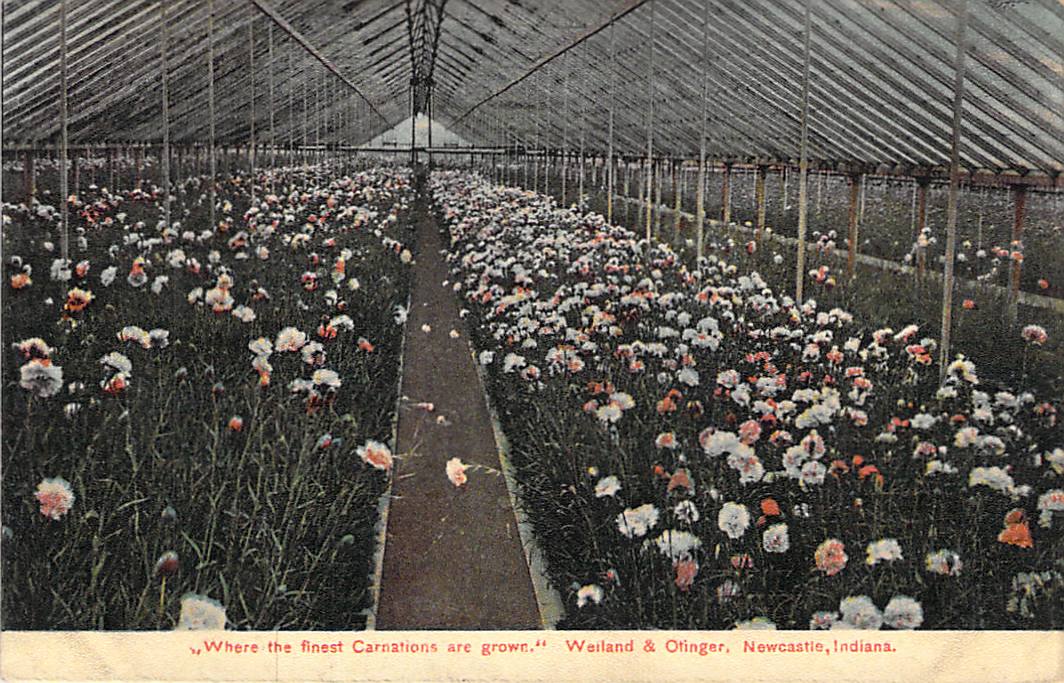
Rose City
New Castle's flower-growing industry—most notably the Heller greenhouses' American Beauty rose—was known worldwide and gave New Castle its favorite nickname, the Rose City. In 1913, growing roses in your yard or wearing them in your hair or buttonhole on special occasions was a mark of your civic pride. (From the author's collection.)
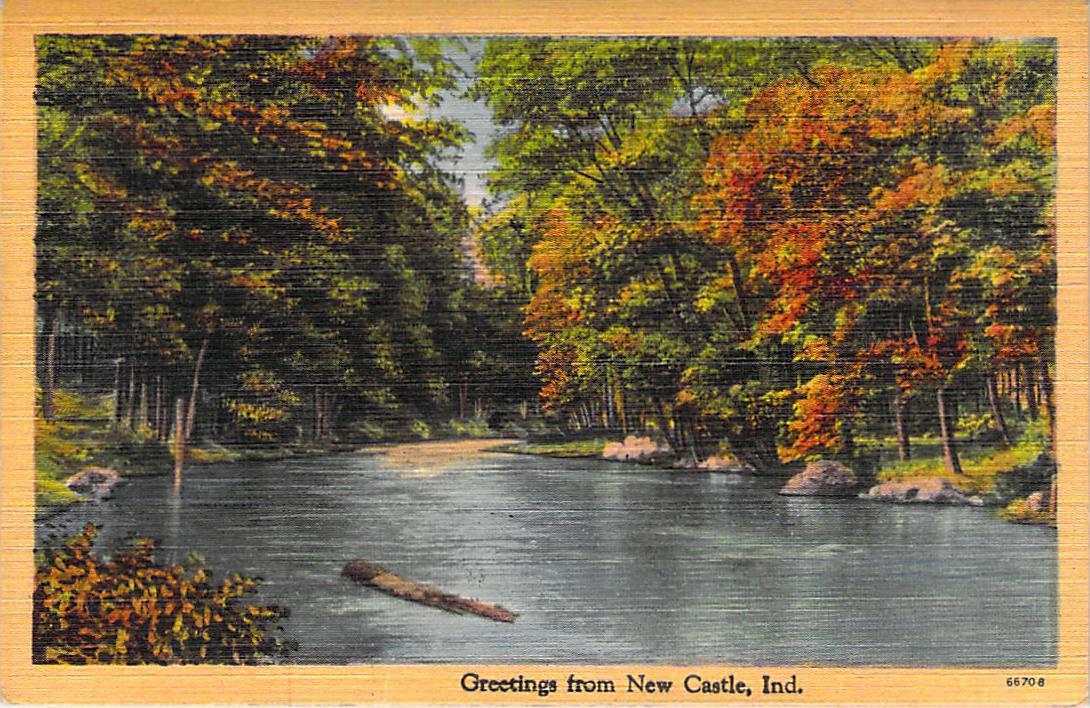
The Blue River valley
Not content to claim itself tops in economic development, town boosters liked to call New Castle and its environs the beauty spot of Henry County and East Central Indiana. (From the author's collection.)
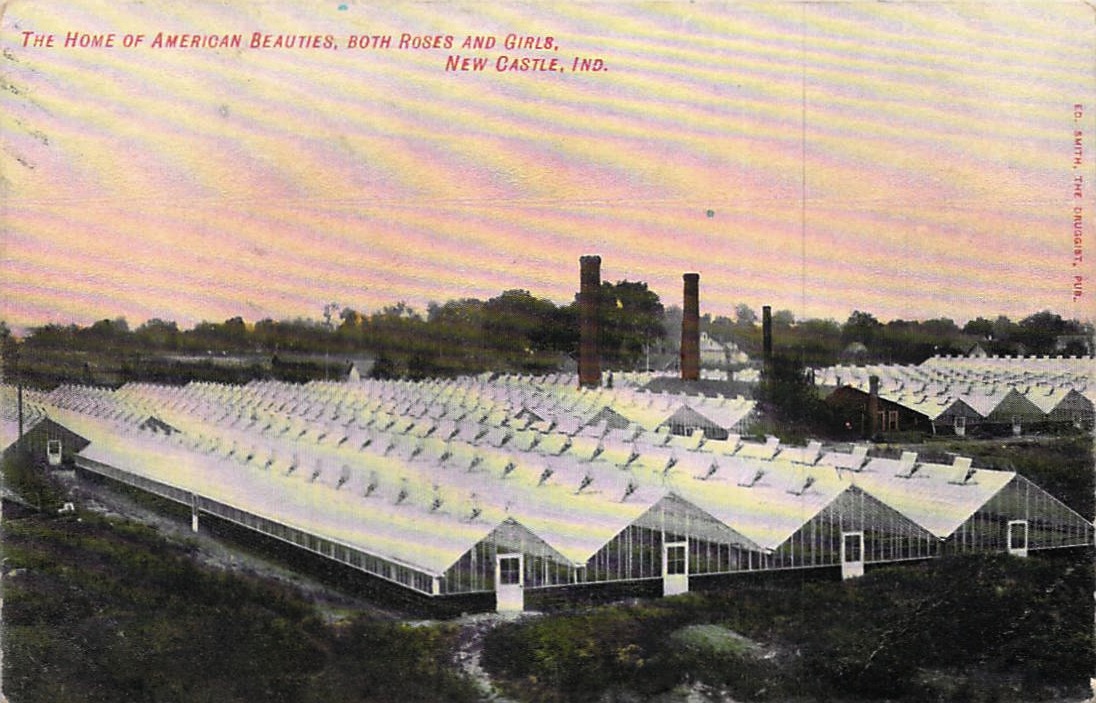
American Beauty
Heller Bros. produced the American Beauty rose, carried New Castle's name around the world, and covered miles of flat Indiana farmland in glass, much of which would be destroyed in a catastrophic tornado in 1917. (From the author's collection.)

Grandma Ritter
Lydia Margaret Ritter, Byrd's mother, lived with her daughter and son-in-law off and on. She answered the door in spring 1914, when Detective Robert Abel and a handful of police and journalists arrived unannounced to search the family's basement. (Photo courtesy of Amy Hough Terry.)
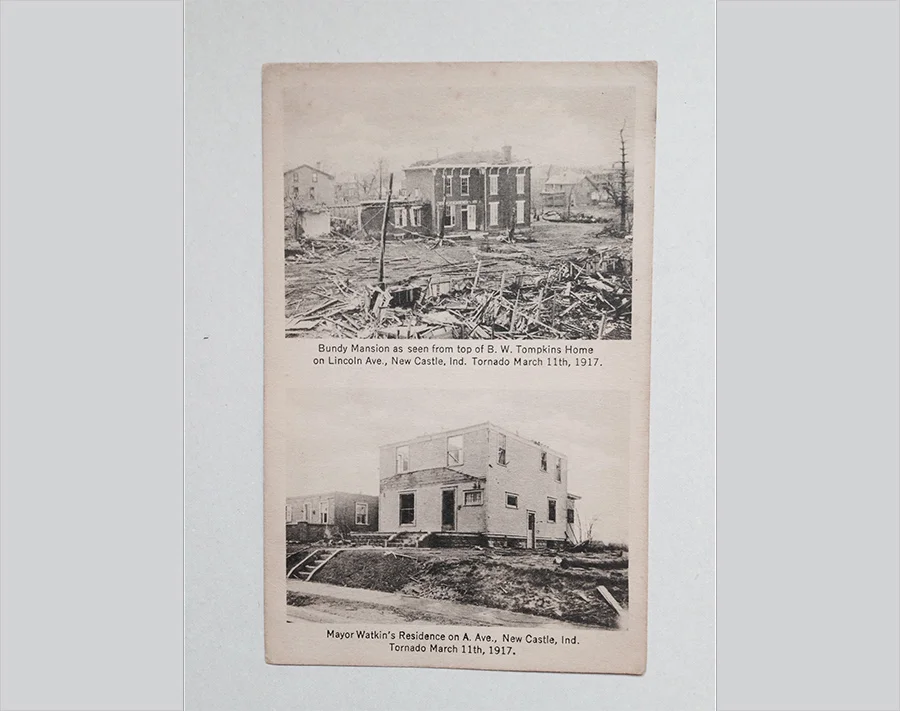
Mayor Watkins, central in the Catherine Winters saga, lost his home and almost his family in one of the state’s worst tornados in 1917. (From the author’s collection.)

Catherine’s stepmother Byrd Ritter Winters, prior to her marriage to Dr. Winters, worked at New Castle’s Bundy Hotel, where later such notables as Bat Masterson would stay while investigating the girl’s disappearance. (From the author’s collection.)

Byrd Ritter Winters as a girl. (Photo courtesy of Amy Hough Terry.)
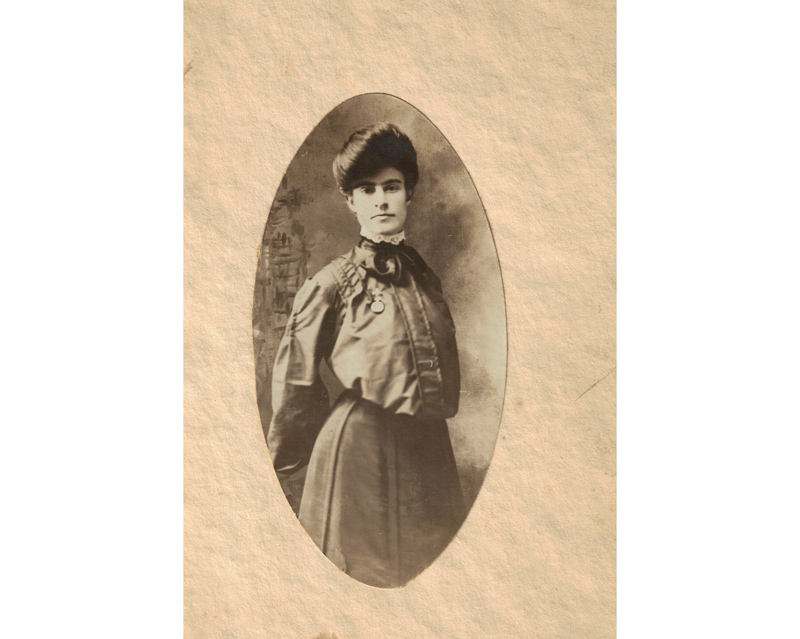
Byrd Ritter Winters as a young woman, before her marriage to Dr. Winters. (Photo courtesy of Amy Hough Terry.)
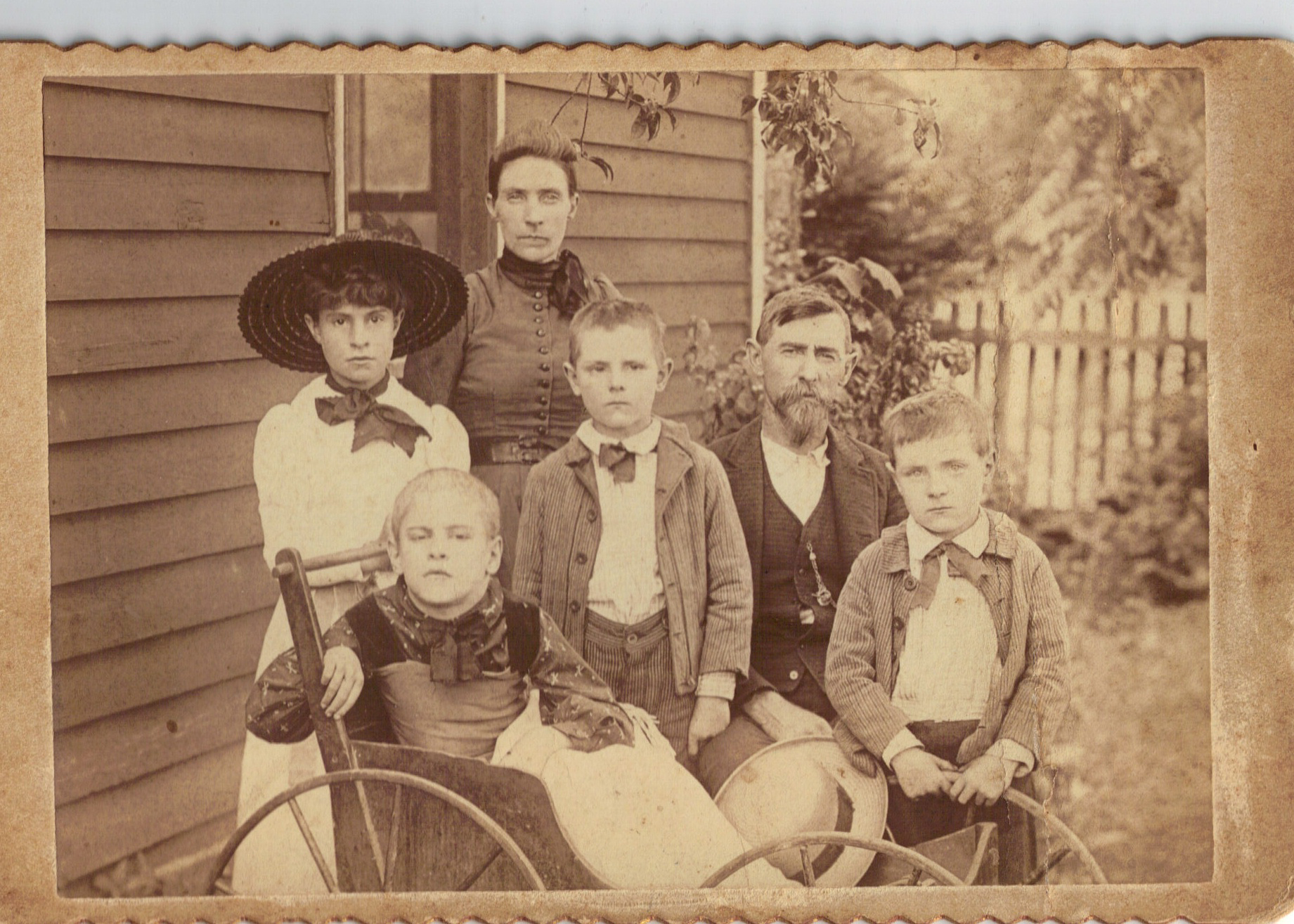
A young Byrd Ritter, wearing a straw hat, poses for a family photo. (Photo courtesy of Amy Hough Terry.)

Catherine’s father and stepmother became familiar faces in newspapers across the state and beyond. (Image via New Castle Public Library microfiche.)

Catherine Winters walked passed the Henry County Courthouse on March 20, 1913, her way into oblivion. Later her father and stepmother’s personal drama would unfold here. (From the author’s collection.)

Before billboards and milk cartons, there was sheet music—a savvy publicity tool (and for local songwriters the Gorbett Brothers, a financial opportunity) when every middle-class parlor strove to have its own piano. (From the author’s collection.)

Because Holland School, where Catherine was in fourth grade, closed for a measles outbreak on March 20, 1913, Catherine was free to sell sewing needles door to door the day she disappeared. (Image courtesy of the Henry County Historical Society.)

A bird’s eye view of downtown New Castle, where a plethora of factory job had created a housing shortage. (From the author’s collection.)

New Castle, a town of some 10,000, had upwards of five newspapers, who competed for every shred of news in the Catherine Winters case. (From the author’s collection.)
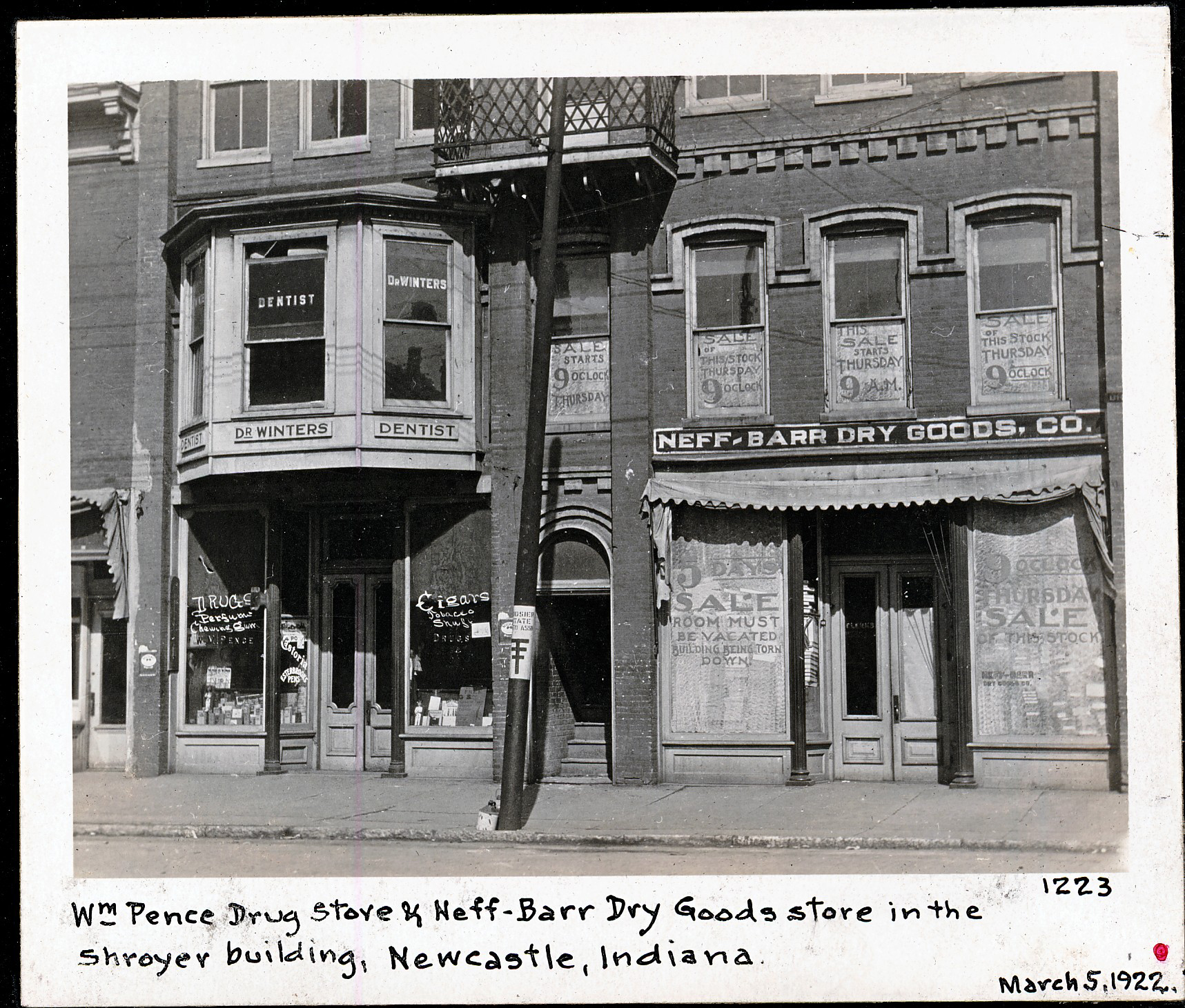
The office Dr. Winters rented at the time of his daughter’s disappearance sat on the courthouse square, facing the building where he would later face murder charges. It is believed Catherine walked under his bay window on March 20, 1913. (Photo courtesy of the Henry County Historical Society.)
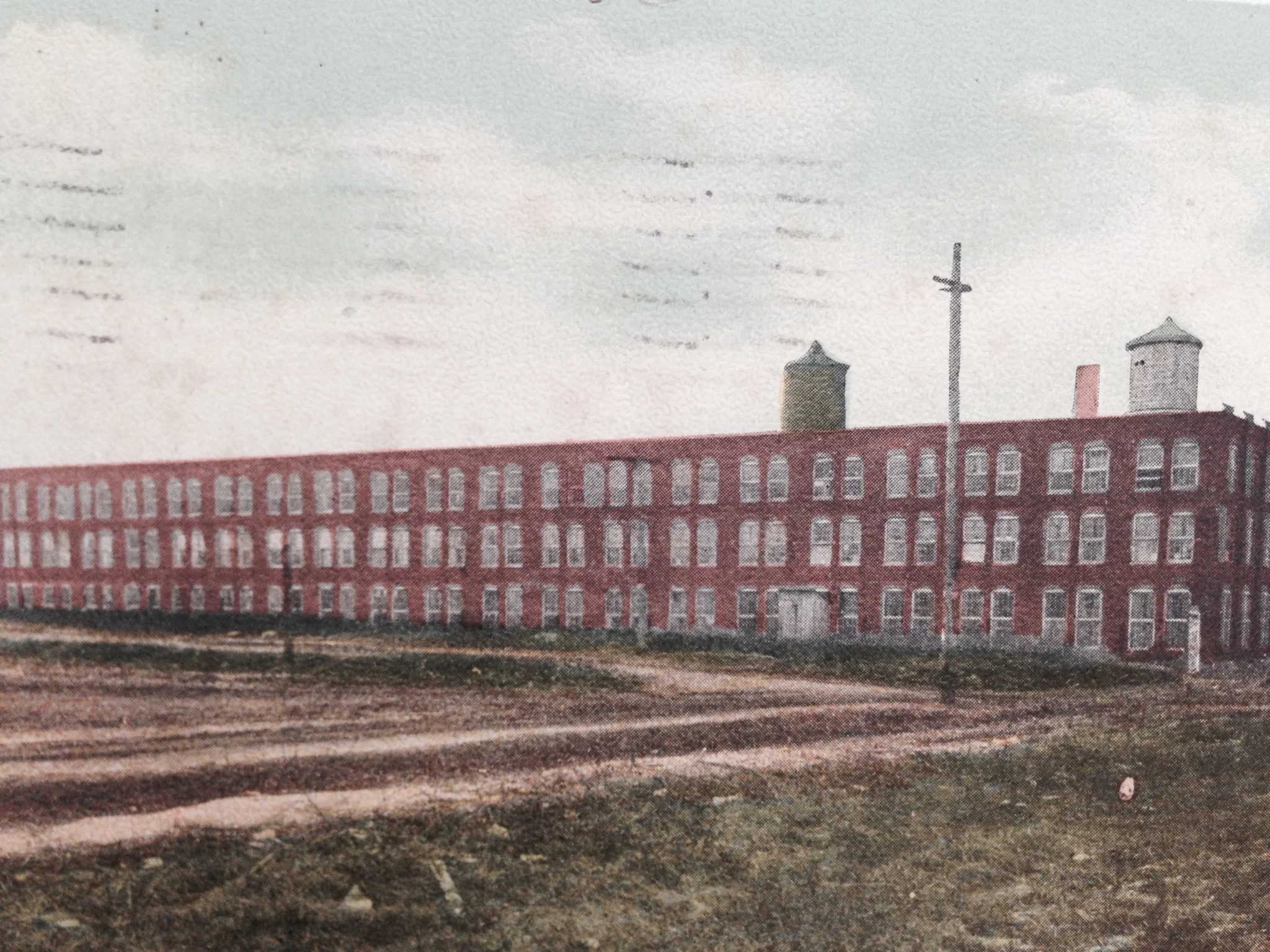
The French Piano Factory was just one industry drawing labor and money to New Castle and giving the town outsized aspirations for its future. (From the author’s collection.)

An unknown 1913 party touring the Indiana countryside at a time automobiles and horses shared the same unpaved backroads. (From the author’s collection.)

People claiming to have seen Catherine at one of New Castle’s several train stations on March 20, 1913, complicated an already hopelessly convoluted case. (From the author’s collection.)

Later accounts would describe Dr. Winters as a perfunctory dentist rooting for dirty tools in jumbled drawers, but contemporary newspaper articles made no mention of this. (Image via New Castle Public Library microfiche.)

The Winters home sat in one of New Castle’s newer middle-class neighborhoods, an easy walk of a few blocks to the courthouse square and Dr. Winters’ office. (Image via New Castle Public Library microfiche.)






















